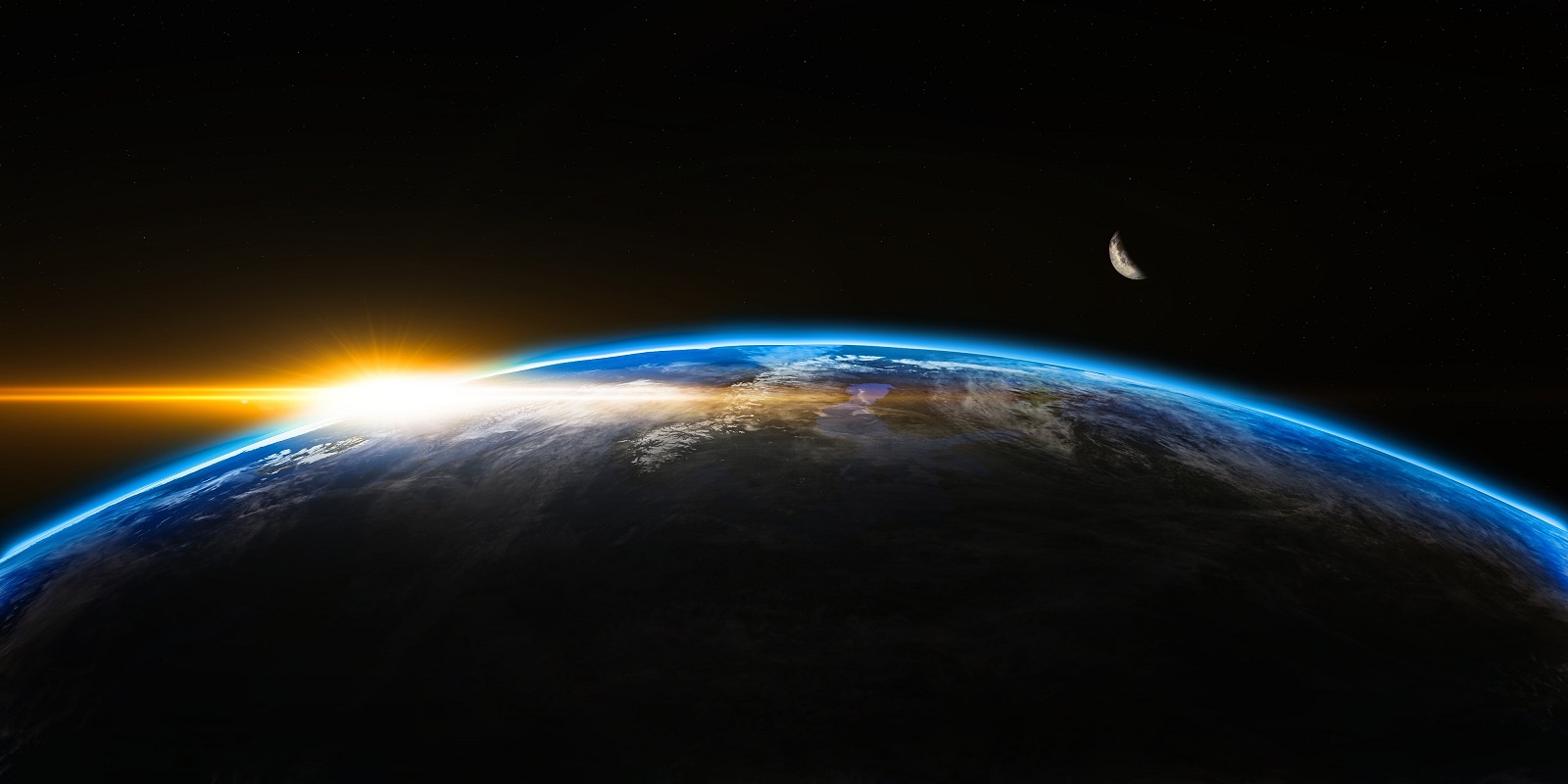
1 August 2024
What is Climate Change?
82% of New Zealanders are concerned about the impacts of climate change and while 72% of people say they’re prepared to change their behaviour, 51% don’t feel they know what to do, or where to find good information to help them act.
We’re here to help break down some key climate change terms and point you in the direction of helpful resources – so you are empowered to make changes in your life.
What is climate change?
There are various kōrero (explanations and narratives) that describe what climate change is, from a te ao Māori perspective, for example, whakapapa (genealogy) and hononga (connection) are foundations for understanding te taiao (the environment) and our changing climate.
Within the whakapapa of te taiao, tangata (people) are considered as tēina (younger) to te taiao and therefore have a duty of care to elders, the lands and waterways. Kōrero tuku iho (history passed down) capture and hold valuable mātauranga (knowledge and understanding) of environmental observations over hundreds and thousands of years. This includes observations of key environmental tohu (indicators) and kaupeka (seasons) that describe changes to the environment for generations prior.
Te ao Māori perspectives bring a holistic lens to understanding the impacts of climate change. It is through this lens that tangata whenua understand their place in the natural world, how changes have occurred and the impacts of these changes on tangata and the whenua.
Regardless of differing perspectives, what remains consistent is climate change is understood as long-term shifts in weather patterns at a global and local scale. These shifts can be natural, but human activities have been the main driver of climate change for well over a century.
What drives climate change?
When greenhouse gas emissions trap the sun’s heat within layers of the atmosphere, this causes temperatures to rise in both the atmosphere and the ocean. This increasing average temperature globally impacts the climate we experience over time.
What are the sources of greenhouse gases?
The main greenhouse gases that are causing climate change include carbon dioxide, nitrous oxide, and methane. These come from using fossil fuels like petrol for driving cars, diesel for running machines and generators, or coal for heating a building.
Greenhouse gases also come from clearing land and cutting down forests, which releases carbon dioxide. Nitrous oxide and methane are commonly released in agriculture, manufacturing and waste processing.
Where can I get more information?
If you are interested in learning more about te ao Māori and climate change, you can start by learning about the whakapapa connections and history of tangata whenua in Te Tai Tokerau and Aotearoa. Whānau, hapū and iwi will have unique kōrero that underpin their mātauranga and they are the kaitiaki (guardians) of these.
There are many different organisations that provide information on the Western science behind climate change such as New Zealand’s National Institute of Water and Atmospheric Research (NIWA).
We recommend these introductory articles, and encourage you to explore the website:
Posted in: Education